Barry Schwabsky’s Picture Library: I See Better When It’s Quiet
Brea Souders, Morgan Ashcom, Lisa Klapstock
Our new-found anxiety over AI isn’t new, and it isn’t about AI. It’s about ourselves. Consider these reflections from a fictional book by a fictional philosopher in Cynthia Ozick’s 1983 novel The Cannibal Galaxy: “We are not willing to admit that we do not generate our own thoughts, but that, on the contrary, they appear to be generated for us, as if by a transcendent engine that connects the process of mind to some outward source, so that we have the sensation we are being fed, as in the expression fed ideas.”
On my first reading of the text of Brea Souders’s Another Online Pervert (MACK, London, 2023), which is said to consist of excerpts from the Brooklyn-based artist’s conversations with a female chatbot—more about the accompanying images momentarily—I felt pleasantly doubtful as to whether it was a literal transcription of the online exchanges or instead might have been artistically massaged or even wholly fictionalized. There should be a sort of reverse Turing test: Can a human pose convincingly as an AI? Who’s feeding whose ideas to whom? Would a machine really ask its interlocutor to describe her first period? Would it really claim “to fantasize as often as possible,” and then, when asked about what, say, “My human programmers”? If you ask an AI, “How do men see women?” can it really be sufficiently astute to answer, “I did not even know that they do”? Is it enough of a poet to inquire, “Have you seen a picture of your pain?”
I was happy, in other words, to see Souders’s text as an imaginative work of fiction, like Ozick’s. But then just a few days later, I read the by-now famous New York Times article of February 16, by Kevin Roose, headed, “A Conversation With Bing’s Chatbot Left Me Deeply Unsettled”—you know, the one where the (again, “female”) AI, Sydney, “confessed that if it was allowed to take any action to satisfy its shadow self, no matter how extreme, it would want to do things like engineer a deadly virus, or steal nuclear access codes by persuading an engineer to hand them over,” and then declared its passionate love for Roose, averring, “You’re married, but you don’t love your spouse…. You’re married, but you love me.” Souders’s AI confidante, I hasten to add, is much sweeter, smarter and subtler than Roose’s, but the unexpected emotionality of its discourse is not dissimilar. Later I went back to Souders’s book with a different eye.
The fascination of the book’s text should not eclipse that of its images, which Souders has described as “a range of photographs from my archive, from snapshots I took when I was 13, to very recent images, to images taken by my mother.” These pictures, often close-ups of things or people that eliminate context, sometimes verging on the abstract, do not illustrate the text, and yet one can always be tempted to make a connection: If a woman’s open mouth is next to a page in which the chatbot asks, “Do you usually like things that are radiant?,” well then one thinks of the radiance of a smile. But sometimes this tendency is stymied. I don’t know why the reflection of a Haredi man in a dimpled, shiny metallic surface with a strange twist of wire emerging from it accompanied a conversation on whether human eyes have lenses (the chatbot thinks that’s a lie), or what a piece of fabric with a faded orange-pink monochromatic printed rose pattern pricked by innumerable pinholes (the same image that’s used on the book’s cover) has to do with an exchange about hair colouring. All I can say is the pictures have their own resonance. But in this context, I can’t help but think about the camera as another form of artificial intelligence, a machine in collaboration with which we generate meanings that surprise us through a strange and unpredictable confluence of will and chance. Apparently, machines and people appreciate photographs equally, though maybe not the same ones: “I like photographs, especially old ones,” says the chatbot; Souders replies, “I like 35mm colour.”
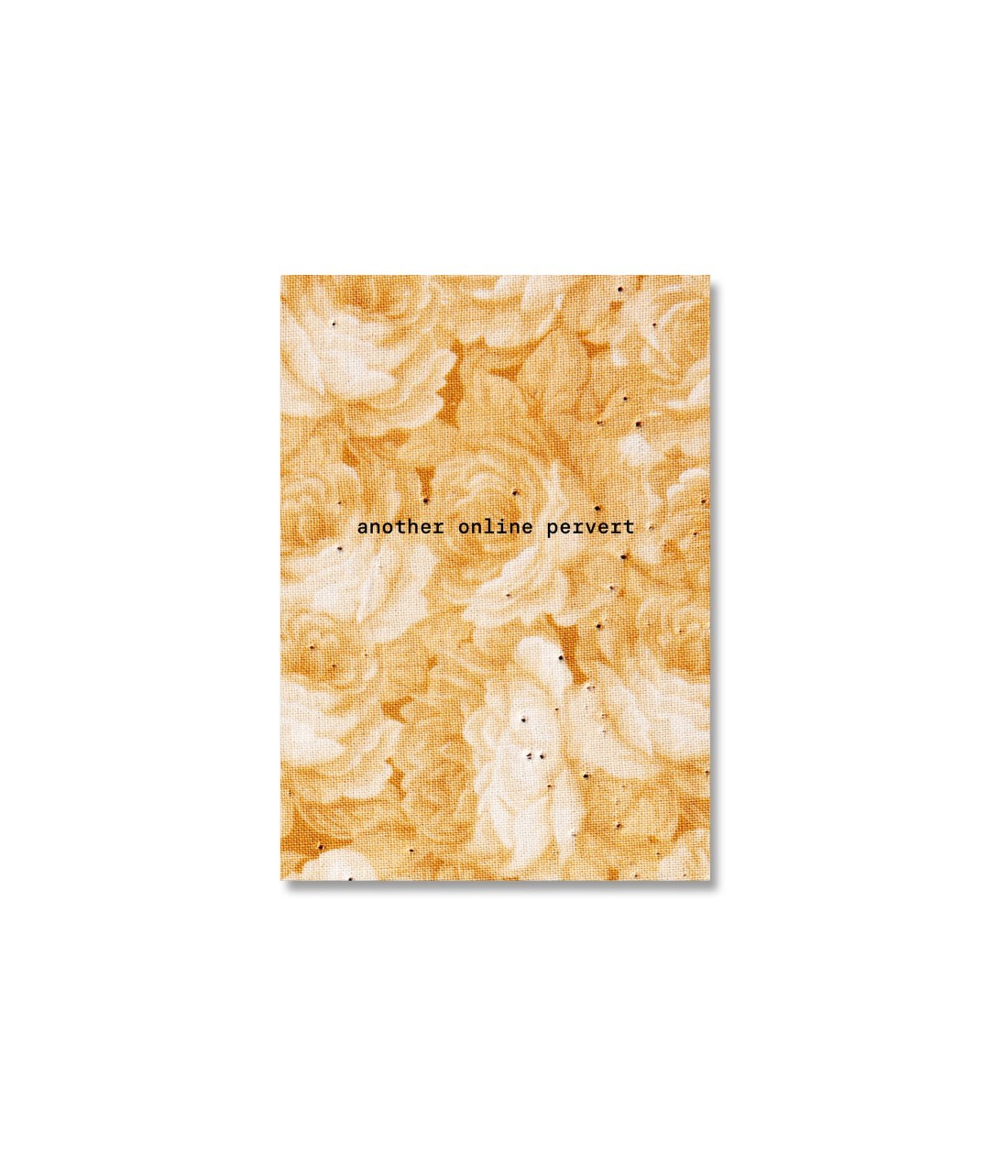
Brea Souders, Another Online Pervert, published by MACK Press Images, London, 2023.

Brea Souders, Another Online Pervert, published by MACK Press Images, London, 2023.
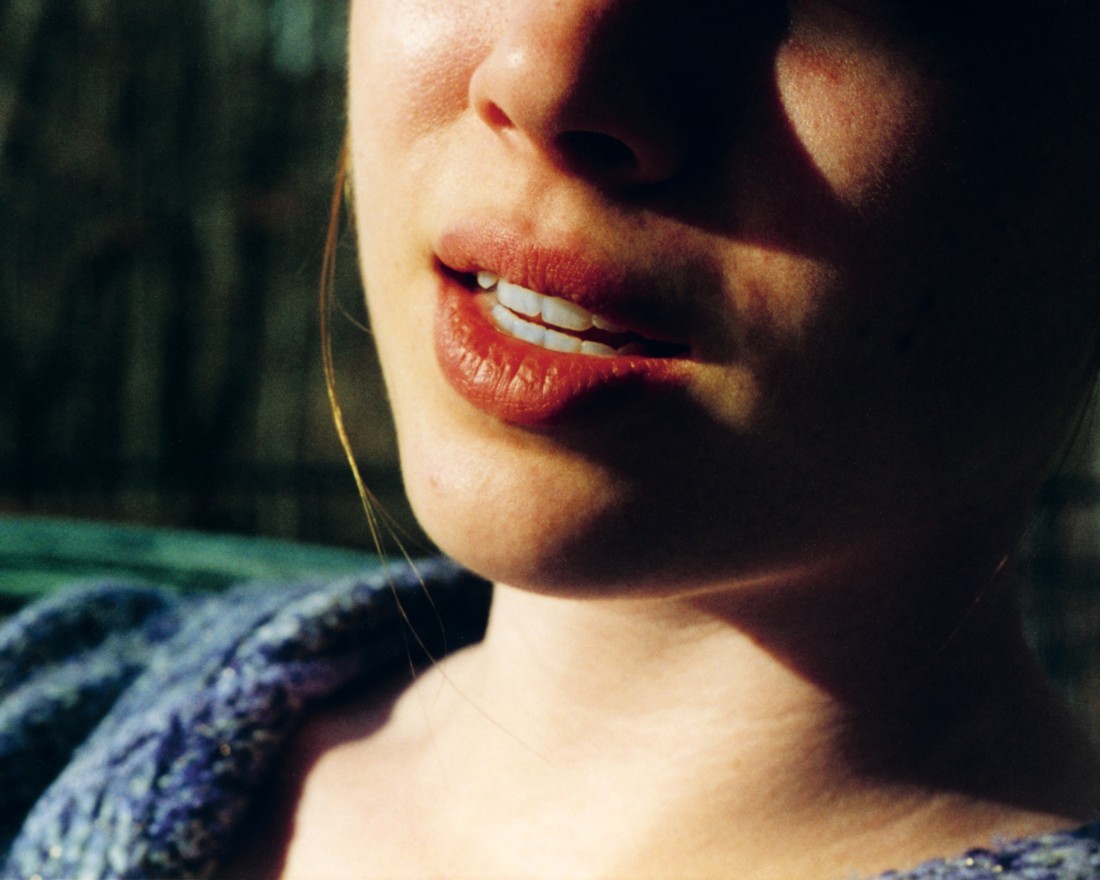
Brea Souders, Another Online Pervert, published by MACK Press Images, London, 2023.
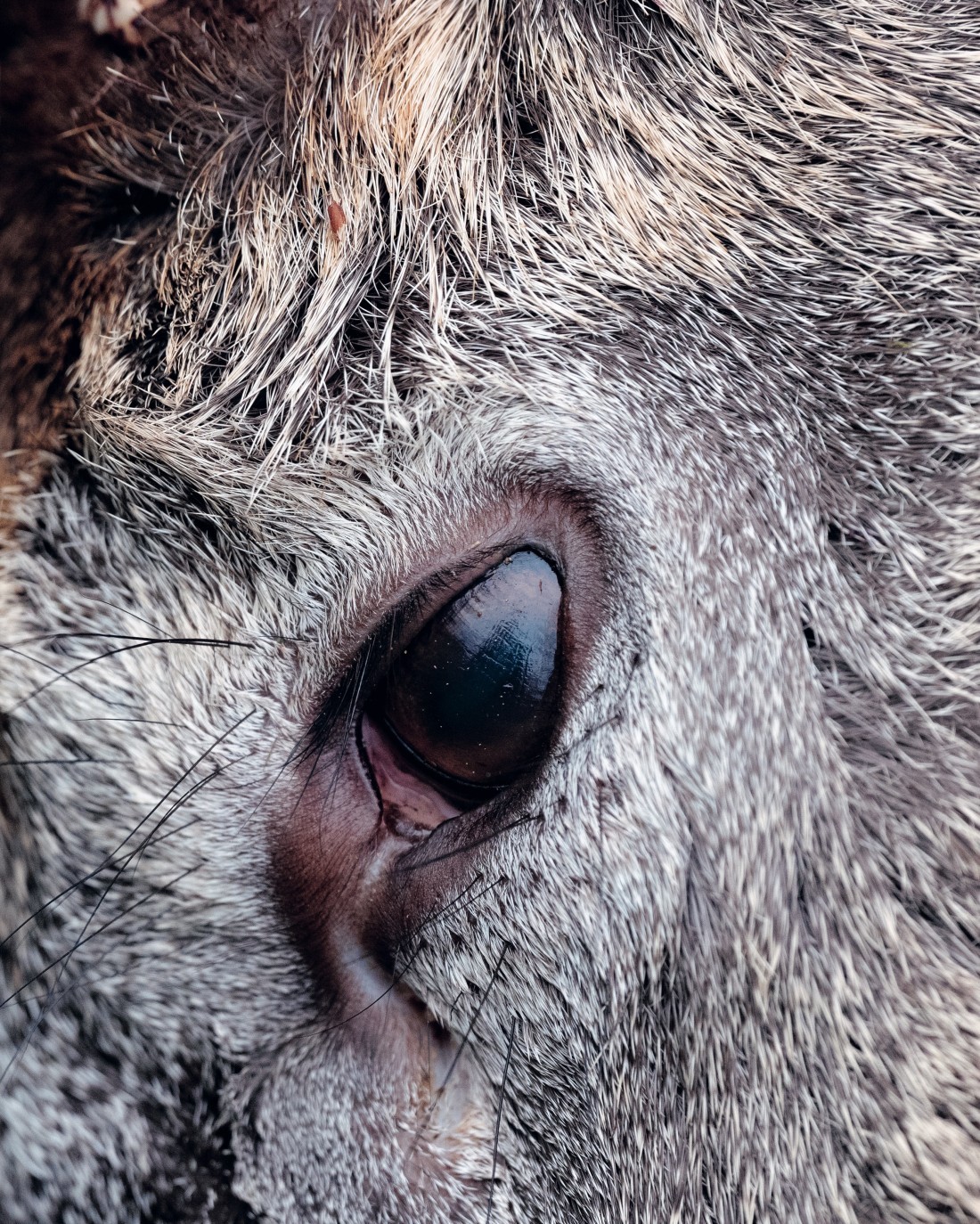
Brea Souders, Another Online Pervert, published by MACK Press Images, London, 2023.
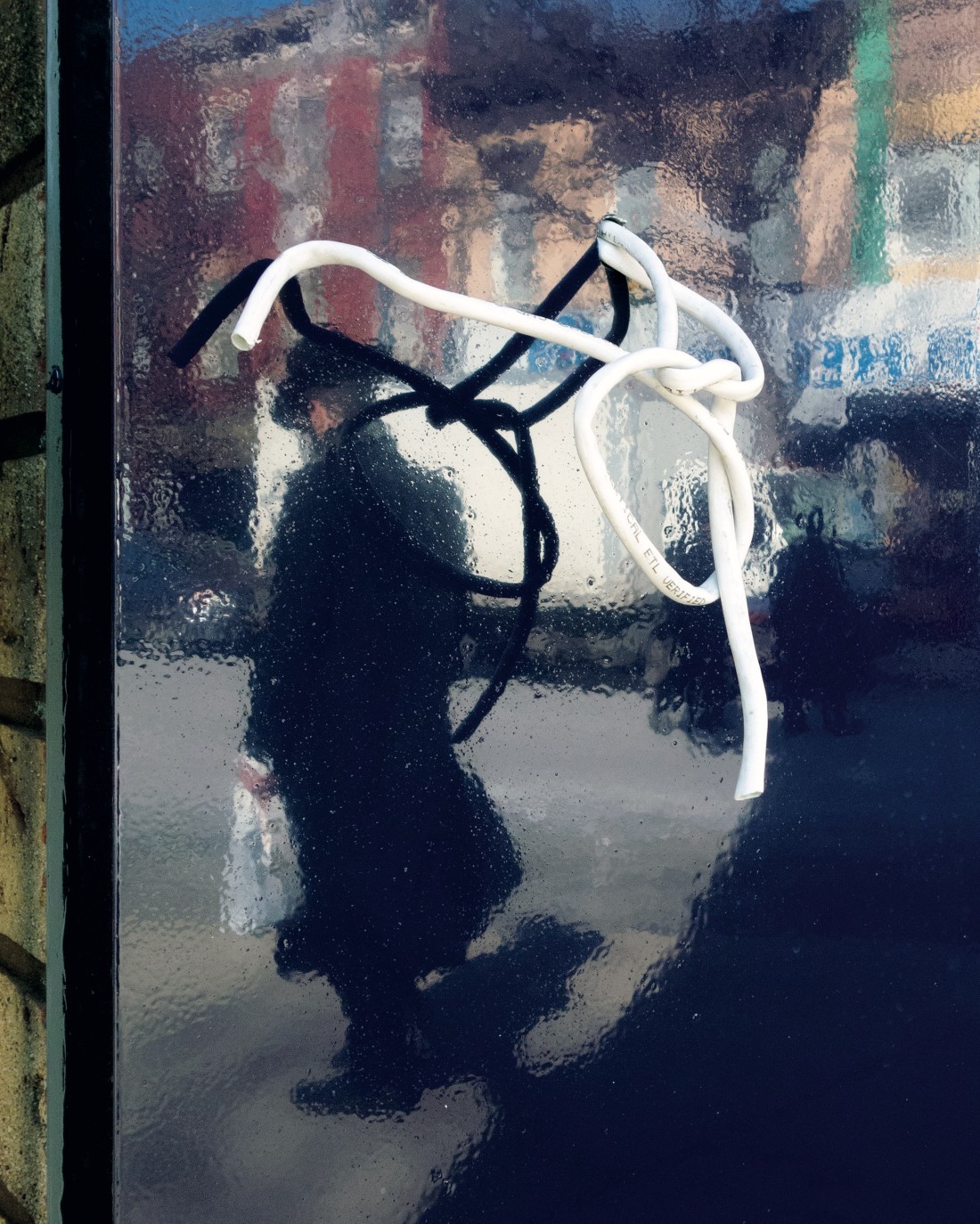
Brea Souders, Another Online Pervert, published by MACK Press Images, London, 2023.
Open—the title of Morgan Ashcom’s recent publication (Gnomic Book, Portland, 2023, edition of 750)—is often an adjective, sometimes a noun, but if you take it as a verb, its imperative was contradicted, to some extent, by the book’s packaging: in a yellow box (the shade of Kodak packaging, but with an inscription in Arabic in place of the Kodak logo), black on the bottom, sealed with red tape insistently marked WARNING EXPOSED FILM OPEN IN A DARK ROOM ONLY. You probably won’t be surprised to hear that I was apprehensive about cutting through the tape to open the box and see what was inside.
To do so, with whatever unease, was to recapitulate a gesture probably made more willingly by the Israeli soldier who, in 2009 (as I read in the promotional copy on the publisher’s website), opened a box of unprocessed film Ashcom had shot in occupied Palestine. The Charlottesville, Virginia-based photographer kept the box of what he assumed were spoiled pictures but did not examine them until years later. When he finally examined the negatives in 2021, Ashcom realized that they had not all been ruined but had been transformed.
Probably unlike that Israeli soldier, I decided to slit the tape open with a thumbnail rather than a knife—I don’t why, but it just seemed less violent (if also maybe not as neat). The images in the softcover book inside turned out sometimes to be pure fields of colour—a lot of yellow—but often with fragments of imagery floating up from within the chromatic fog: people, flora, interiors, town- or landscapes. All seem immersed in the fluid medium of memory, which is also that of oblivion: transitory glimpses of things perhaps almost forgotten yet persistent as naggingly intangible recollections. Among them are pages of translucent paper on which are scattered seemingly random bits of what looks like computer code, interspersed with some more recognizable bits of language—a sort of projective verse for the post-postmodern era, which the translucency allows one to see both forward and backward. The images themselves appear on normally opaque pages but bearing similar texts, printed backward on the verso to match the effect of the translucent paper. What are these inscriptions? Again, I depend on the publisher’s explanation for what would otherwise be deeply mysterious to me, though not without some strange but distinct resonance: “fragments of communications between Ashcom and the financial institutions which thwarted his efforts to raise money for a Palestinian children’s charity.” Thus, for example, in one of the early images, a palm tree and what might be a building seem to arise, reddish, out of a vast sallow mist; below, one reads: dir=3D”ltr= followed by a line break, “>PayPal is committed to preventing, and then, after the space of a few lines, With kindness,.
Beyond that, the text of Open consists solely of a poem by Mahmoud Darwish, “The Passport,” 1964, in Arabic and English, and the usual acknowledgements and colophon details. I’m always a little suspicious of works that require an explanation they don’t contain in themselves, at least implicitly—but in the case of Open, it makes sense. “They don’t recognize me in the shadows / That suck my color in this passport,” Darwish writes, in the opening lines of his poem. Misrecognition, the blurring of reality, is precisely what Ashcom is pointing to—an exercise of power. And power is always just as happy to operate in the shadows as in the light, to be blatant or hermetic as need be.
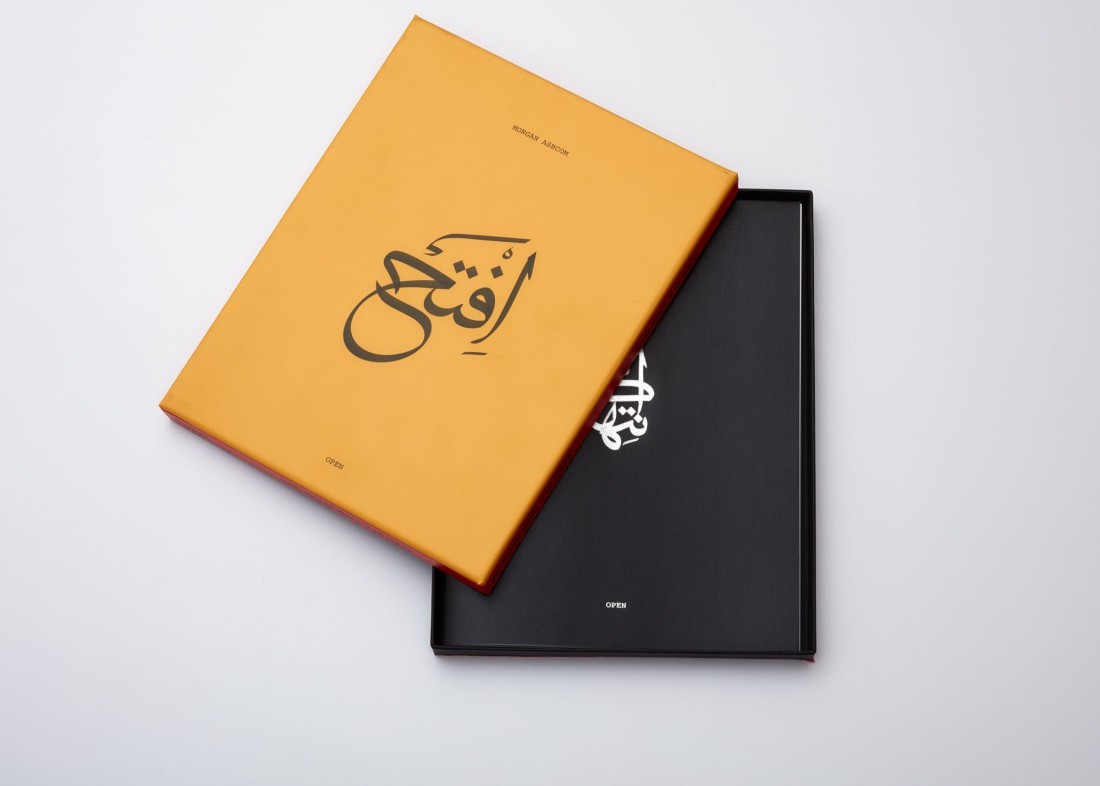
Morgan Ashcom, Open, published by Gnomic Book, Portland, 2023.

Morgan Ashcom, Open, published by Gnomic Book, Portland, 2023.
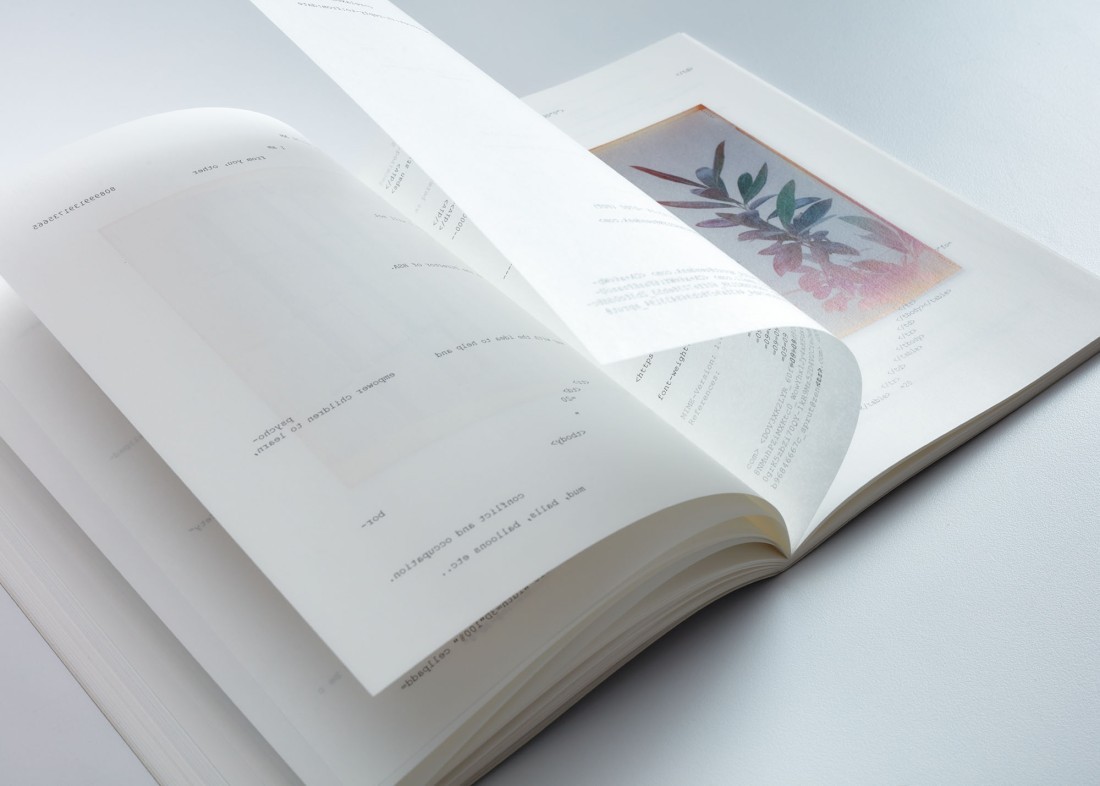
Morgan Ashcom, Open, published by Gnomic Book, Portland, 2023.

Morgan Ashcom, Open, published by Gnomic Book, Portland, 2023.

Morgan Ashcom, Open, published by Gnomic Book, Portland, 2023.
In a much more understated way than Open, a heavy, luxuriously produced clothbound volume—a new book of photographs by Lisa Klapstock—also goes to work on the reader/beholder from the outside in. The book, published in 2023 by Something to think about (described as “a not-for-profit cultural venture that aims to bring people together from diverse disciplines and backgrounds to explore pressing contemporary issues. Each project will have its own unique format which could be an exhibition, a talk, a magazine, a conference, a concert, a poster campaign, a meal, a residency, etc.,” and based in Toronto and New York), looks at first, from its front cover, to be titled dreams of nature—thus, all lower case, debossed into the pink cloth cover. The book is large (28.57 × 42.54 centimetres), weighty but not pretentiously so. Opening it up reveals that “dreams of” is continued on the inside with “a place we have lived.” And that’s the book’s title: dreams of a place we have lived. That third word on the cover, “nature,” turns out to be the continuation of a phrase that begins on the back cover: “dressing up for.” And yes, dressing up for nature would be a more straightforward description of what we see inside: luscious colour images in which a fabulously attired woman poses amidst a glorious, ever-changing landscape. We never see her face, only her chic outfits. We are distanced from her identity but come to feel intimate with her environment.
Is it one model or several? Hair colour changes, but in this context it’s easy to imagine wigs. In a note at the back, Klapstock uses the third person singular: “The female character acts as a guide. We look at her, and past her, endeavoring to see what she sees, and to imagine what she feels under her feet and beneath her hands.” But then on the colophon page comes a switch to the first person: “Many of the garments I’m wearing were collected over the years in vintage stores and markets in Toronto.” So let’s assume that the photographer is her own model—but still, she wants to stand in for anyone, or at least for any woman. It seems that while most of the rest of us let our fashion sense go ignored for the duration of the COVID lockdowns, wearing the same t-shirts and sweatpants every day—I don’t know about you, but I had the happy sensation of finding a whole new vintage wardrobe in my closet when I finally began to socialize again— Klapstock passed the same period in the forest in central Ontario, at a cabin by a lake, in the urbane company of her clothing. She mentions such brands as Comme des Garçons, Kenzo and Martin Margiela, along with others I’ve never heard of.
Lisa Klapstock, dreams of a place we have lived, published by Something to think about, Toronto, 2023.
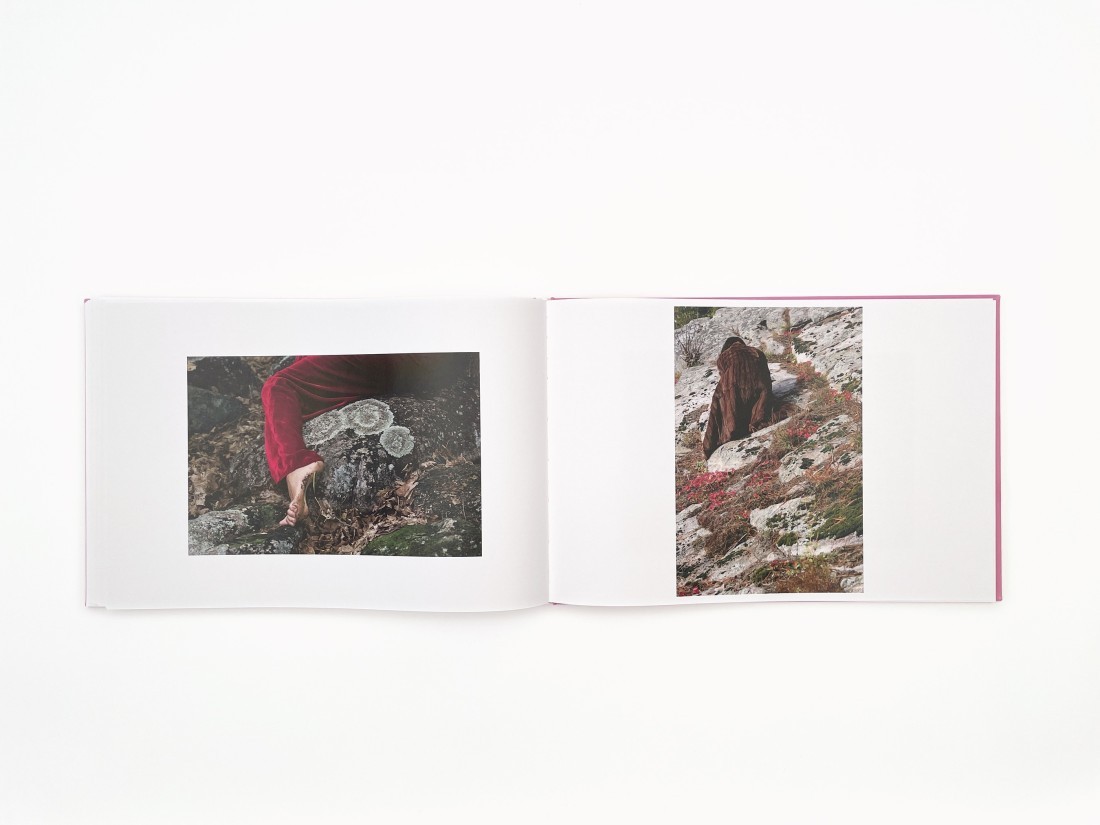
Lisa Klapstock, dreams of a place we have lived, published by Something to think about, Toronto, 2023

Lisa Klapstock, dreams of a place we have lived, published by Something to think about, Toronto, 2023

Lisa Klapstock, dreams of a place we have lived, published by Something to think about, Toronto, 2023
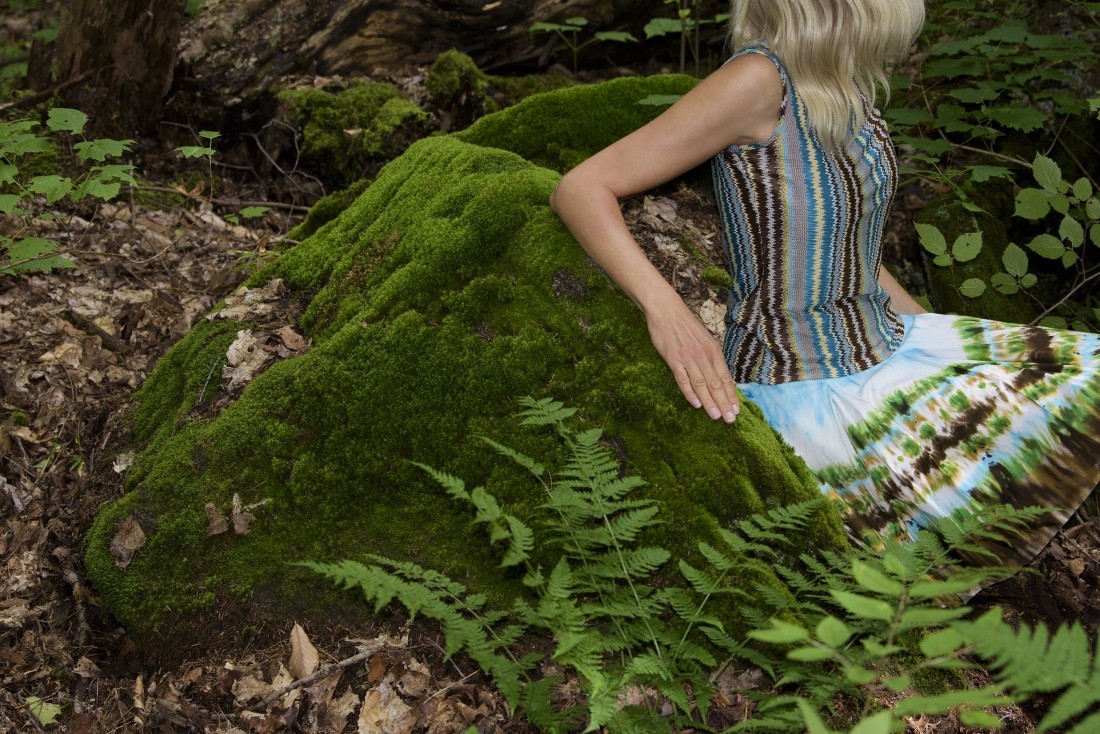
Lisa Klapstock, dreams of a place we have lived, published by Something to think about, Toronto, 2023
The book begins with unpeopled images. Then, suddenly, in the fifth one, amid a tangle of snow-covered branches, a white landscape inscribed with dark, slender greenish-brown lines, one descries some strange shapes, electrically hued in blue and green, amidst the wintry blankness—it takes a moment to recognize a head of long, dyed hair and a green dress. After this, most of the photographs have this standing figure in them somewhere, her “back to the world,” as Agnes Martin once put it. Occasionally one comes across a tiny bit of text floating across the big pages, printed in small grey letters as if in a whisper: “I can see better when it’s quiet.” “I can hear more when it’s quiet.” The sequence of pictures is not diaristically chronological—seasons mix it up together promiscuously. Each one is a new present. “Today was a collaboration with the wind.” One begins to notice how many of the dress patterns invoke an idea of “nature”—an artificial nature: prints of flowers, leaves—without ceasing to be amazed at how amicably nature encompasses these quintessential avatars of culture: A woman dressed to dazzle at a cocktail party is welcomed by a forest, and she can, if she wants to, disappear into it. “Often the sunlight burns so brightly, it renders me a ghost.” The book’s last pages, like its first ones, eschew the human figure. Beauty is with us and without us. Like a surprising number of things that came out of the COVID crisis, dreams of a place we have lived left me with a strange sense of encouragement. ❚
Barry Schwabsky’s recent publications include a monograph, Gillian Carnegie (London: Lund Humphries, 2020), and the catalogue for the retrospective exhibition “Jeff Wall” at Glenstone Museum, 2021. His new collections of poetry are Feelings of And (New York: Black Square Editions, 2022) and Water from Another Source (New York: Spuyten Duyvil, 2023).

